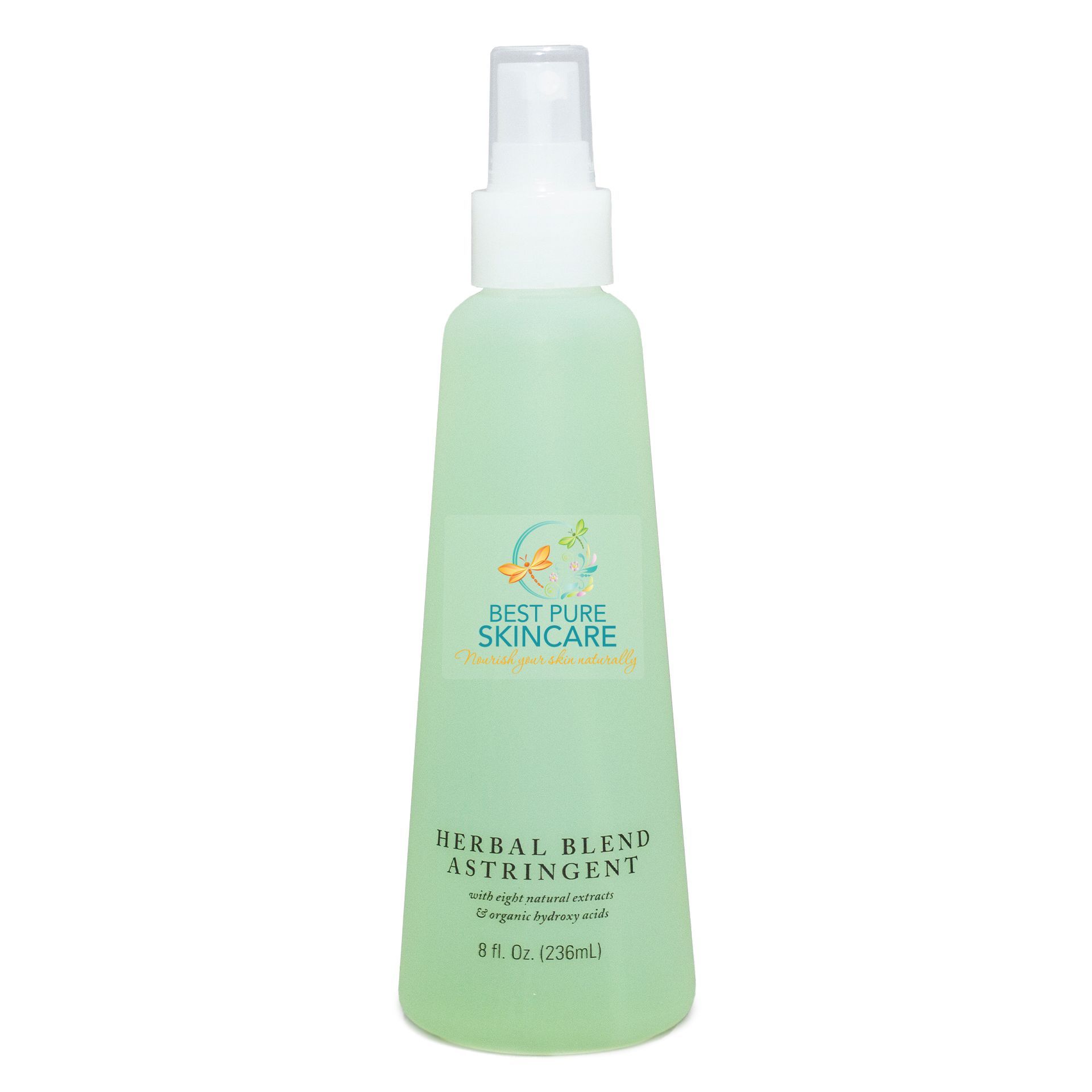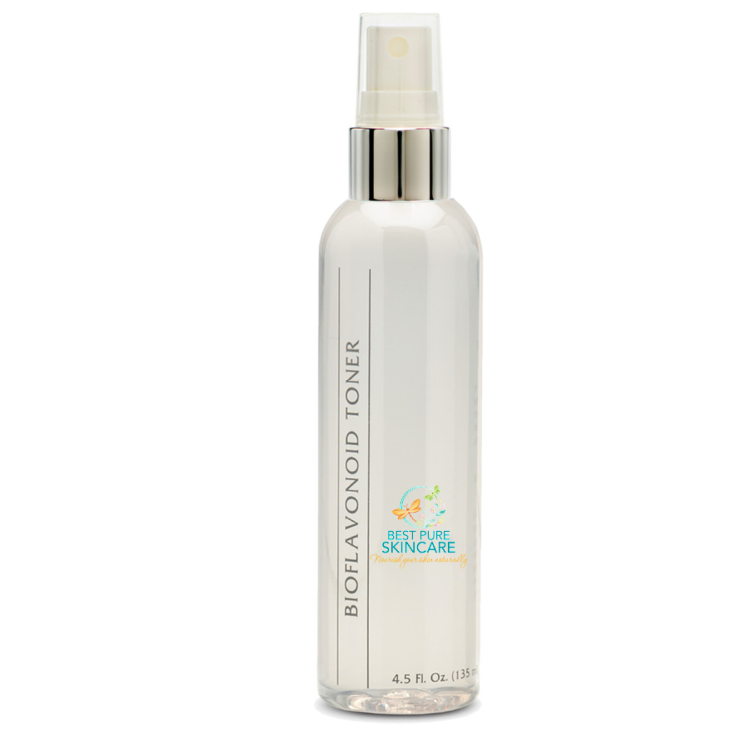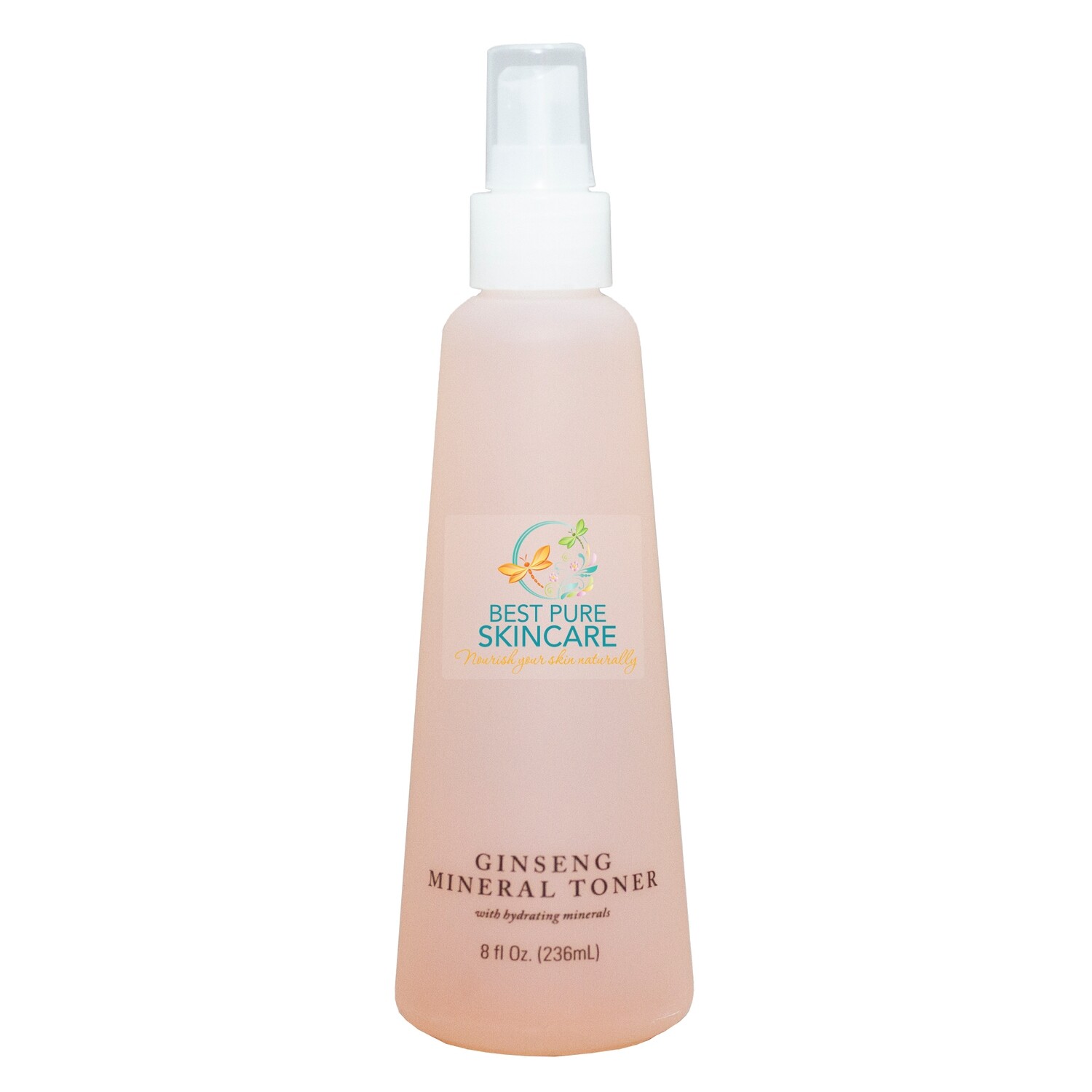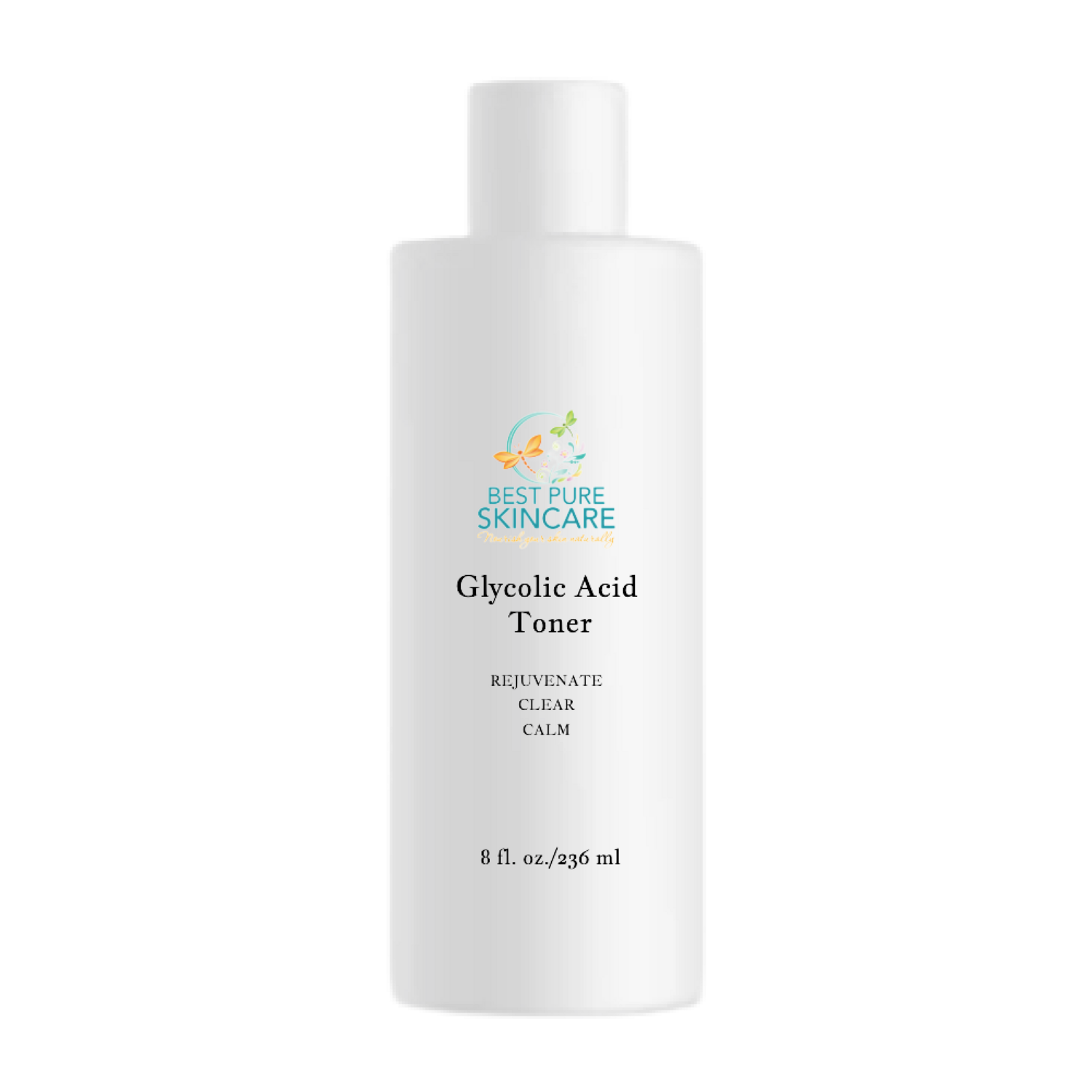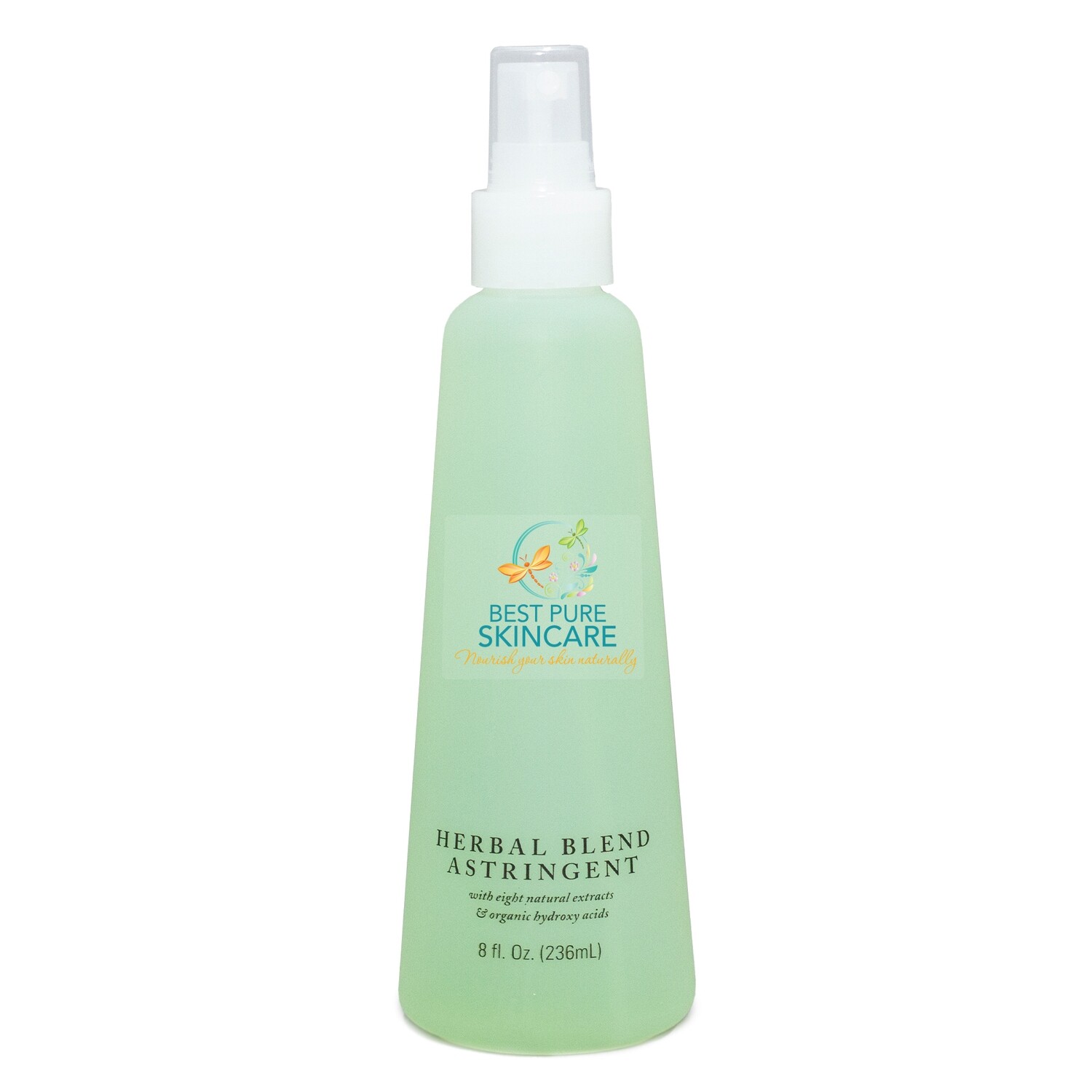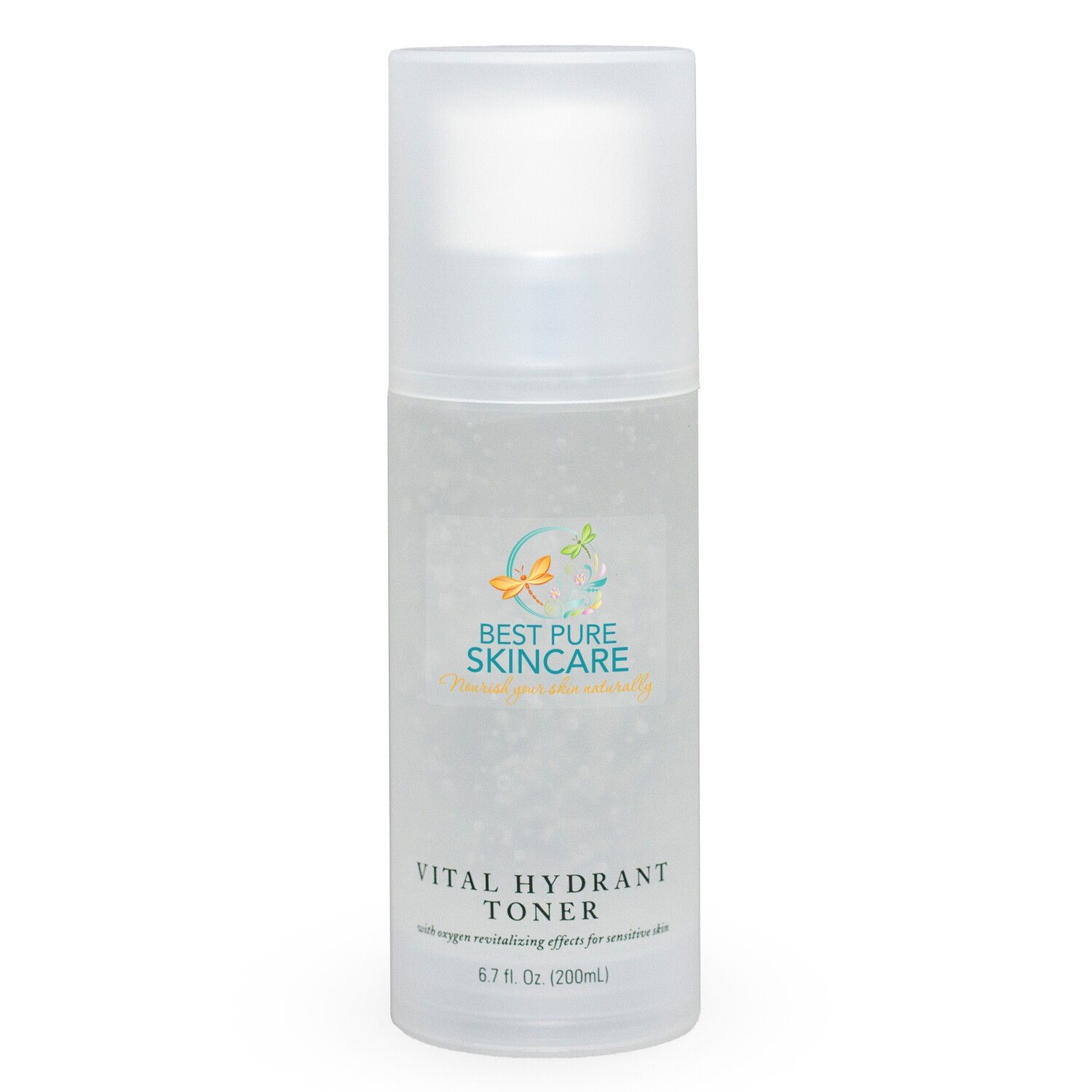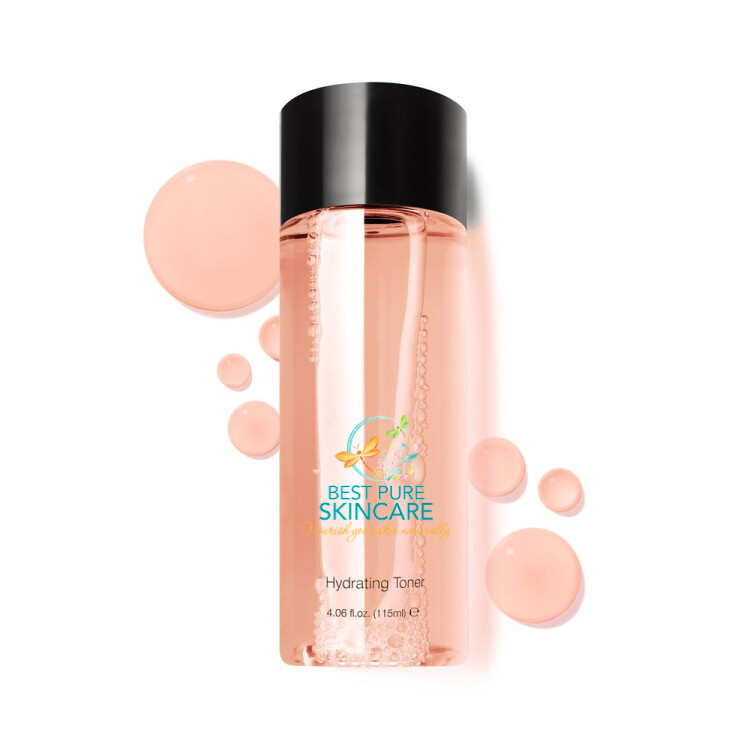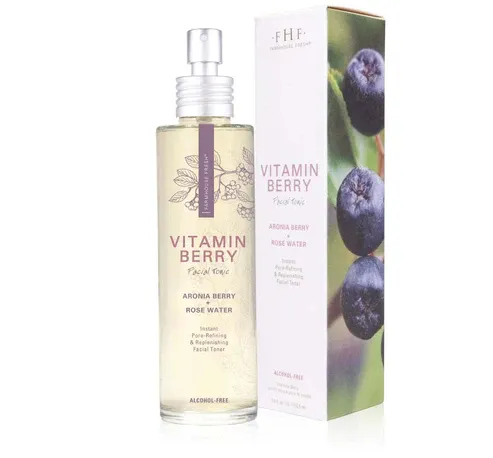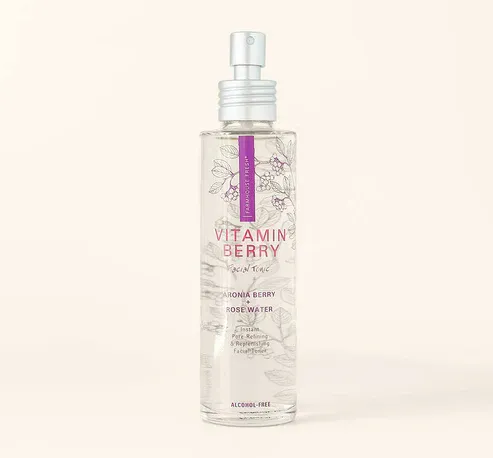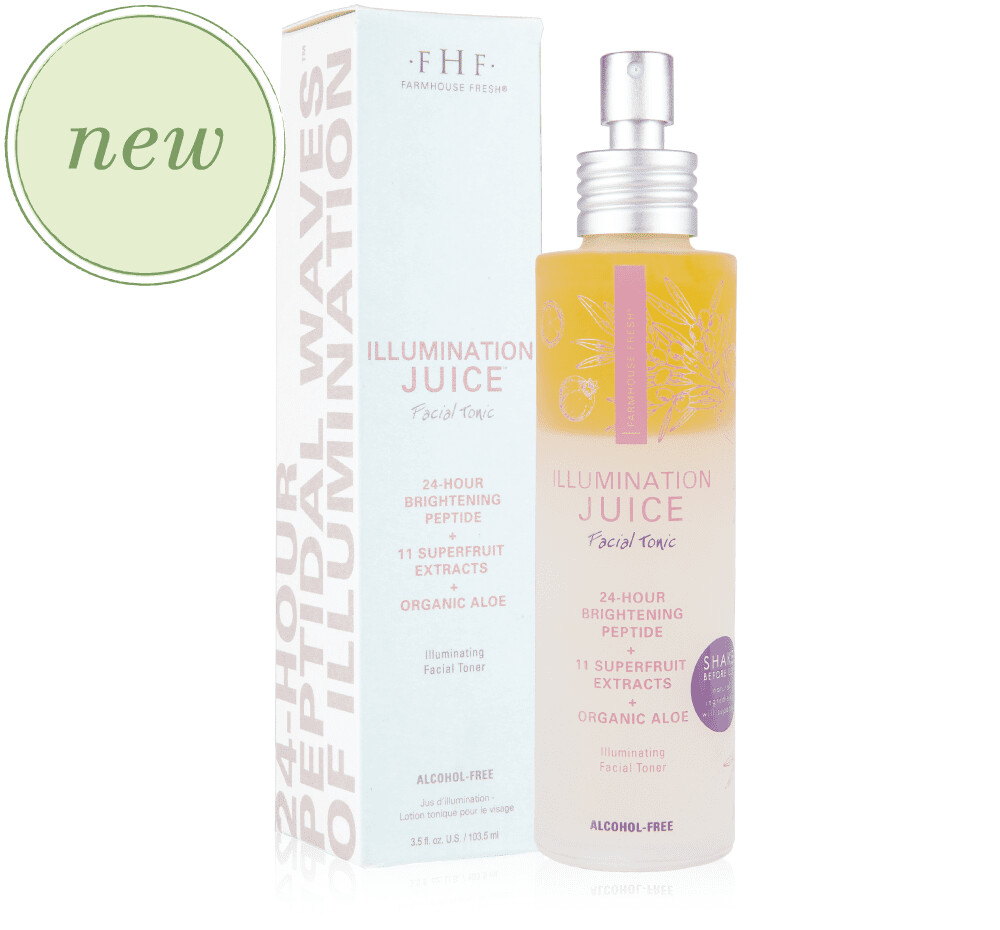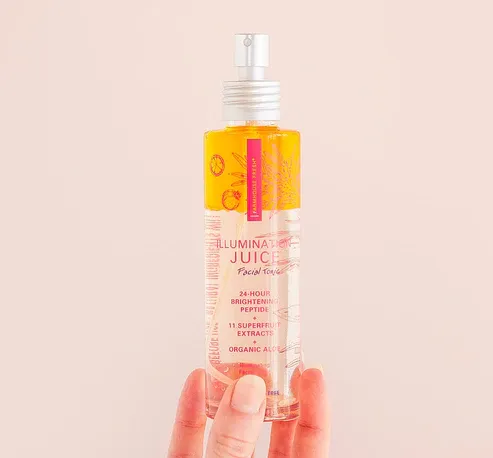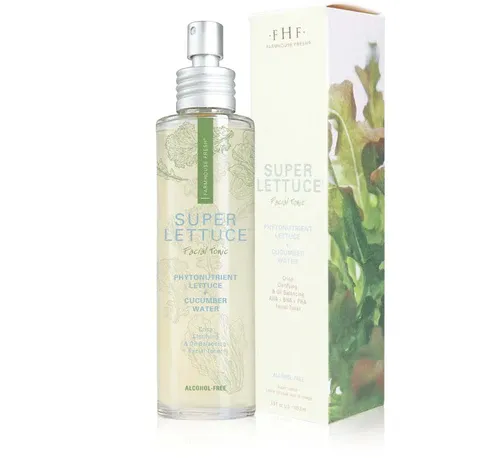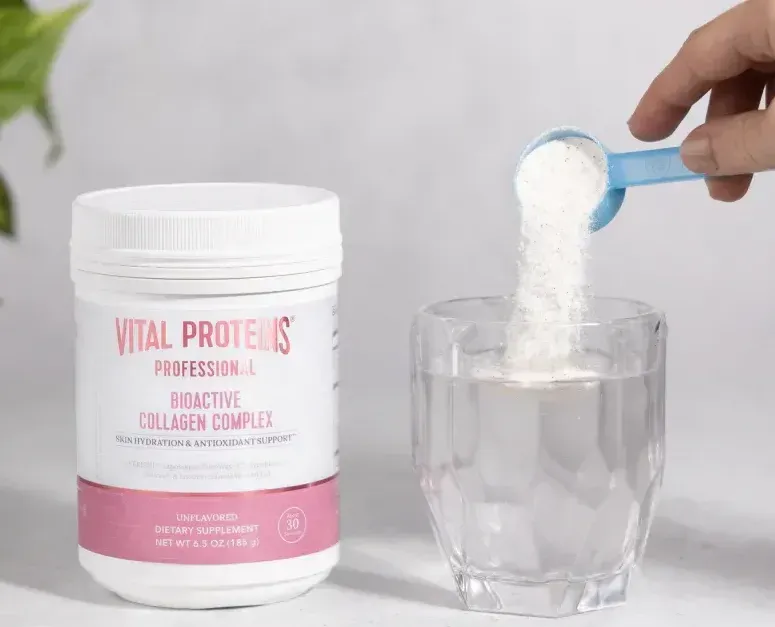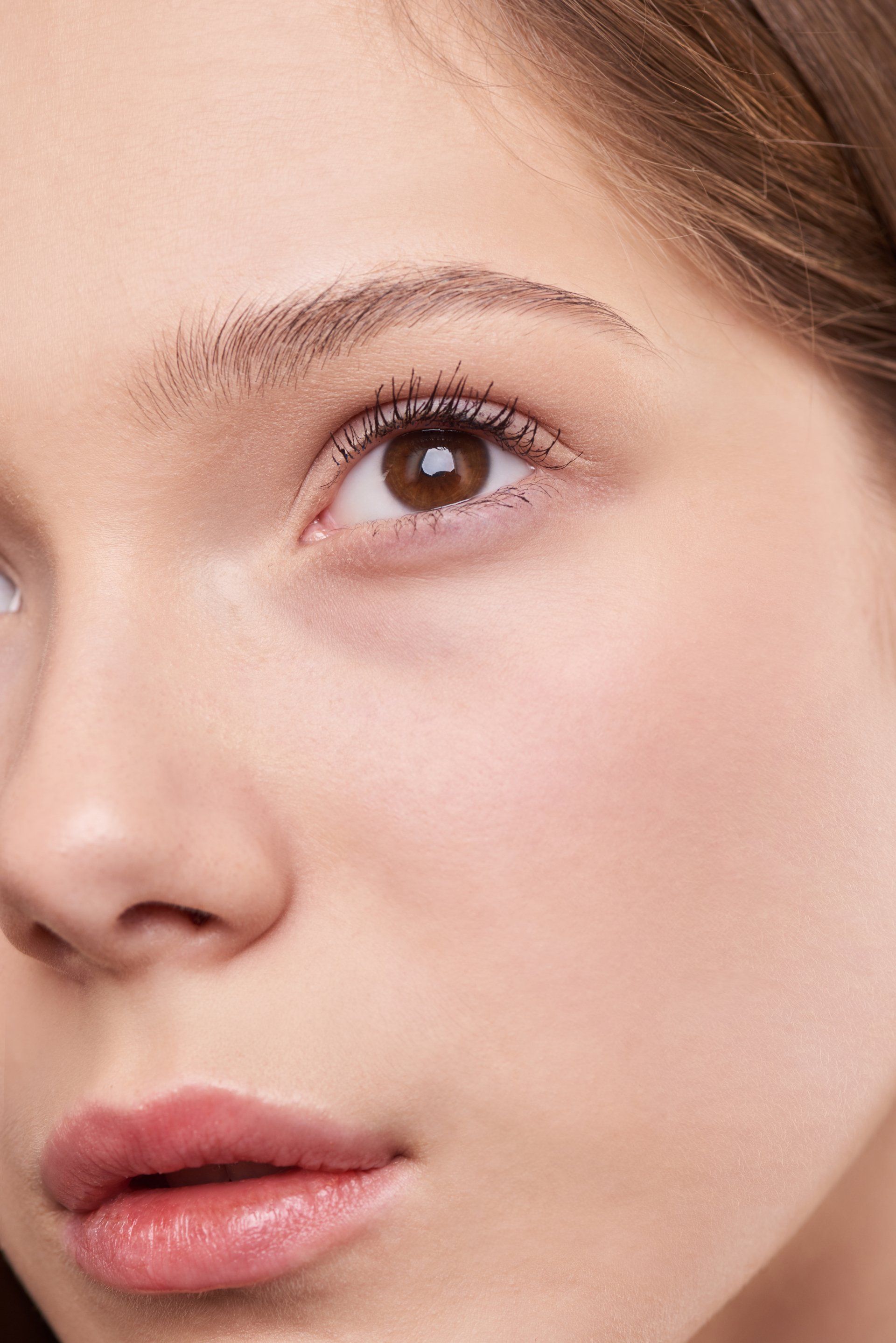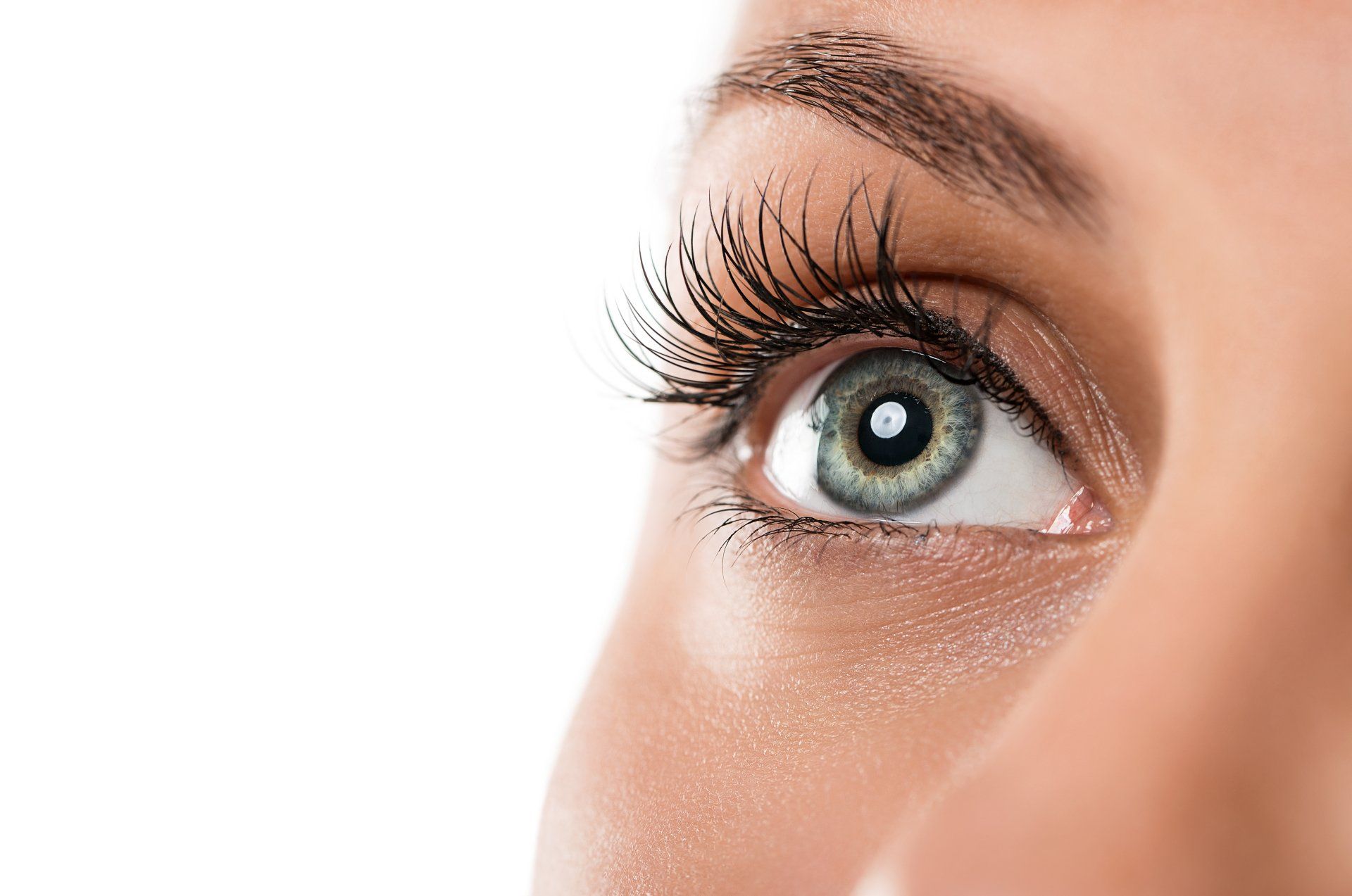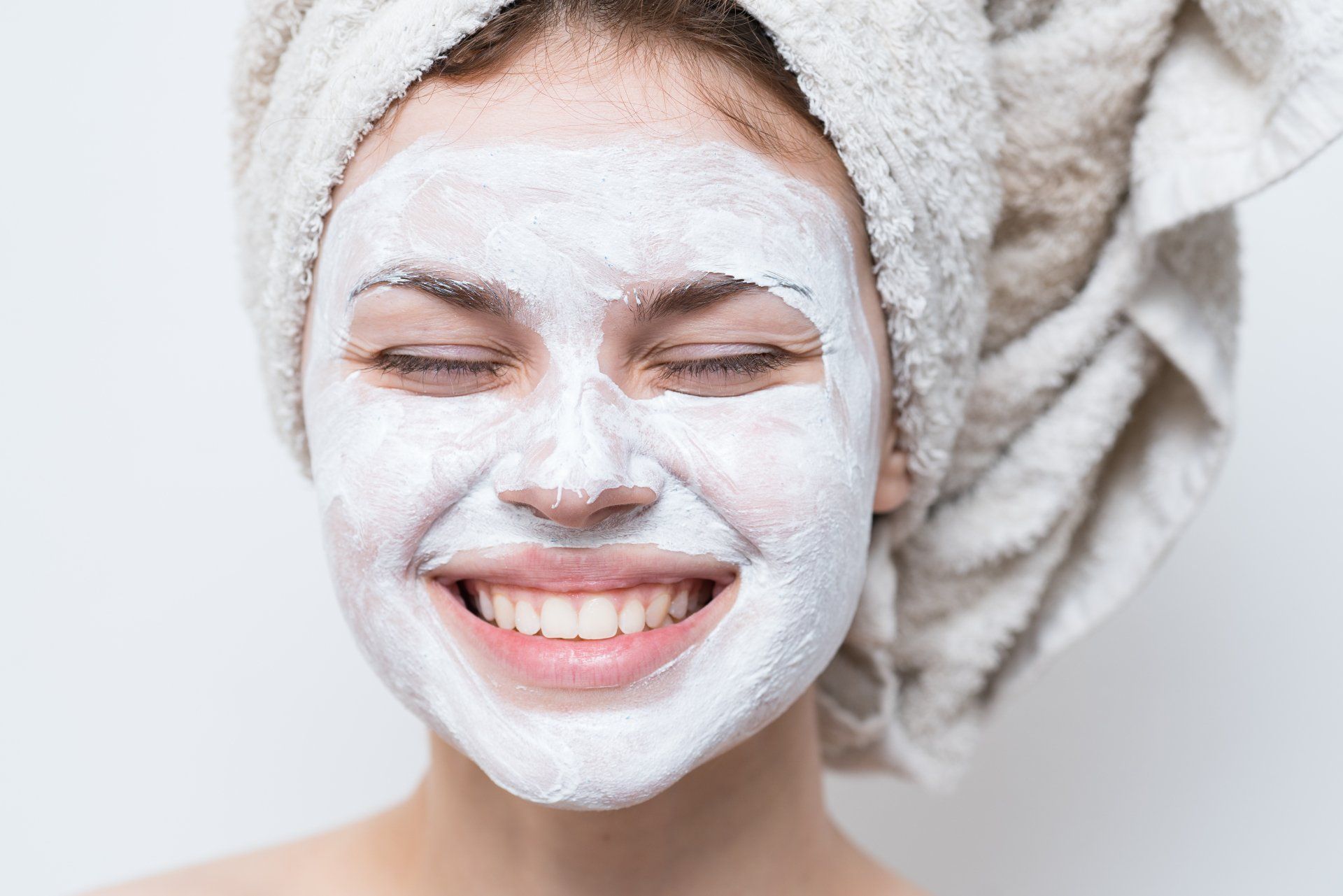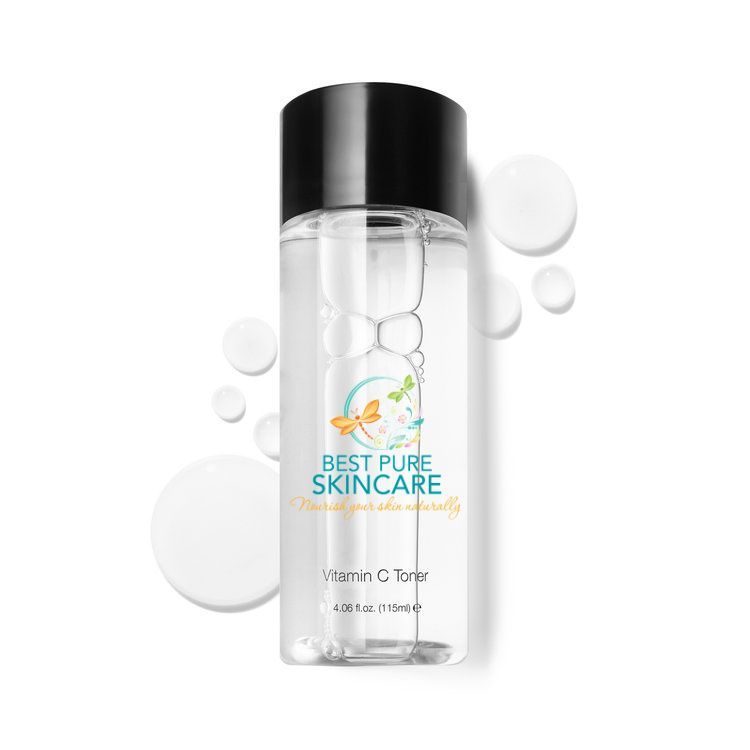Astringents
What are they and what is the difference between an astringent and a toner?
Unveiling the Magic of Astringents: The Unsung Heroes of Skincare
In the skincare world, astringents often take a backseat to cleansers and moisturizers. However, these unsung heroes are crucial in maintaining healthy and radiant skin. Astringents are versatile products that offer a range of benefits, from tightening pores to controlling excess oil. In this blog, we will explore the fascinating world of astringents, delving into their uses, ingredients, and why they deserve a prime spot in your skincare routine.
Understanding Astringents:
Astringents are skincare products designed to tone and firm the skin by causing contraction of the skin cells and tissues. Astringents remove excess oil, minimize pores, and provide a refreshing sensation. Astringents are particularly beneficial for individuals with oily or combination skin types, as they help balance oil production and prevent breakouts.
Key Ingredients in Astringents:
- Witch Hazel: Derived from the bark and leaves of the witch hazel plant, this natural astringent has anti-inflammatory and antioxidant properties. It helps soothe irritated skin and reduce redness.
- Salicylic Acid: Salicylic acid is a common ingredient in astringents targeting acne-prone skin because it can exfoliate the skin and unclog pores. It helps prevent and treat breakouts.
- Glycolic Acid: An alpha hydroxy acid (AHA) family member, glycolic acid exfoliates the skin, promoting cell turnover. This helps improve the skin's texture and reduce the appearance of fine lines and wrinkles.
- Tea Tree Oil: With its natural antibacterial and anti-fungal properties, tea tree oil is often included in astringents to combat acne and blemishes.
- Aloe Vera: Known for its soothing properties, aloe vera helps calm irritated skin and provides a hydrating element to balance the drying effects of some astringents.
Uses and Benefits:
- Tightening Pores: Astringents work by causing the skin to contract, leading to a tightening effect on pores. This can help reduce the appearance of large pores, giving the skin a smoother and more refined look.
- Controlling Oiliness: Individuals with oily or combination skin can benefit from astringents' ability to control excess oil production. Regular use can help mattify the skin and prevent breakouts.
- Preventing Acne: Astringents containing ingredients like salicylic acid and tea tree oil effectively prevent and treat acne by unclogging pores and fighting acne-causing bacteria.
- Refreshing the Skin: The refreshing sensation of applying an astringent can be invigorating, especially on hot days. It provides an instant pick-me-up, leaving the skin feeling revitalized.
Incorporating Astringents into Your Skincare Routine:
- Choose the Right Astringent for Your Skin Type: Different astringents cater to various skin concerns. Choosing one that suits your skin type and addresses your specific needs is essential.
- Use Sparingly: Astringents can be potent, so using them in moderation is crucial. Overuse can lead to dryness and irritation. Start with a small amount and gradually increase if needed.
- Follow with Moisturizer: After using an astringent, follow up with a moisturizer to replenish any lost moisture. This step is crucial to maintaining a balanced and healthy complexion.
Astringents may be the unsung skincare heroes, but their benefits are undeniable. From pore refinement to oil control, these versatile products have the power to transform your skincare routine. By understanding the ingredients and incorporating a suitable astringent into your regimen, you can achieve a healthier, more radiant complexion. Try these underrated skincare gems, and let them work their magic on your skin.
Unveiling the Mystery: Astringents vs. Toners - Decoding Skincare Jargon
In the ever-evolving world of skincare, understanding the nuances of various products is crucial for building an effective routine. Two commonly used terms that confuse are "astringents" and "toners." While both play a role in skincare, they serve distinct purposes. Let's unravel the mystery behind these two products and explore their unique characteristics.
Astringents
Astringents are skincare products designed to tighten and constrict the skin. They typically contain alcohol, witch hazel, or salicylic acid. The primary goal of astringents is to remove excess oil from the skin, making them particularly beneficial for individuals with oily or acne-prone skin.
Critical Characteristics of Astringents:
- Oil Control: Astringents are renowned for controlling sebum production, helping combat shiny skin, and preventing clogged pores.
- Acne Treatment: With ingredients like salicylic acid, astringents can aid in treating and preventing acne by exfoliating the skin and unclogging pores.
- Skin Tightening: The tightening effect of astringents can make pores appear smaller and contribute to a smoother complexion.
- Refreshment: Many astringents provide a refreshing sensation upon application, offering a quick pick-me-up for the skin.
Toners
Conversely, toners serve a broader range of purposes and are typically milder than astringents. They are often water-based and can contain various ingredients, such as antioxidants, glycerin, and botanical extracts. Toners are meant to balance the skin, preparing it for subsequent skincare steps. My Honey Face Lift Massage teacher said, "Women should always use a toner."
Critical Characteristics of Toners:
- Hydration: Toners are formulated to hydrate the skin, replenishing moisture and maintaining its natural balance.
- pH Balance: Toners help restore the skin's pH level, which harsh cleansers may disrupt. A balanced pH is crucial for overall skin health.
- Preparation for Other Products: Toners create a smooth canvas for applying serums, moisturizers, and other skincare products, enhancing their effectiveness.
- Soothing and Calming: Many toners include soothing ingredients like aloe vera or chamomile, calming the skin.
Choosing the Right Product for Your Skin:
Choosing an astringent and a toner depends on your skin type and specific skincare concerns. If you have oily or acne-prone skin, an astringent may be beneficial. For those with normal to dry skin, a toner can offer hydration and balance without the potential harshness of an astringent.
Conclusion:
Understanding the difference between astringents and toners is pivotal in the quest for radiant and healthy skin. While astringents target oil control and pore tightening, toners focus on hydration, pH balance, and overall skin preparation. By incorporating the right product into your skincare routine, you can achieve a balanced and revitalized complexion tailored to your unique needs.


